Dog seem to do it a lot, but why? Does it mean anything if your dog is eating grass? What should you do if they are eating grass? There are a few reasons why dogs eat grass, quickly summarised as :
Dogs Like The Taste Of Grass
Dogs eat grass because they enjoy it. They like the taste. Mine do, especially the tender fresh shoots - they love it, and chomp happily for ages.
To Supplement Their Diet
Some dogs will eat grass to supplement their diet. Grass is an excellent source of fibre, which is beneficial in supporting a healthy digestive tract. Did you know you can buy pet grass? It is packed with nutrients - vitamins, minerals and anti-oxidants. If you're interested, check out this website.
It's A Natural Behaviour
Research has established that eating grass is likely an instinctive behaviour for dogs, and one that is part of their natural behaviour.
To Ease A Sore Stomach
Dogs with gas or who are feeling nauseous can often be seen eating grass. Some may chew it and then spit it out, others will keep on eating until they vomit. They way the dog eats grass if they have a sore tummy is very dfferent to when they are grazing for pleasure.
Research On The Subject of Why Dog Eat Grass
Unsurprisingly, since it is such a common activity, there has been research carried out on the subject.
An Australian study took place in 2007 at University of New England, by McKenzie, Brown & Price.
Mckenzie, Samantha & Brown, Wendy & Price, Ian. (2007). Grass eating patterns in the domestic dog, Canis familiaris. Recent Adv Nutr Aust. 15.
Very little is known about grass eating behaviour in the domestic dog, Canis familiaris. This study is the first to investigate grass eating in dogs in a controlled experiment, and attempts to provide an initial understanding of this behaviour by describing the pattern of grass eating during the day and the relationship between grass eating and the ingestion of food. Twelve dogs were presented with both kikuyu and couch grass three times daily for 6 d and grass eating behaviours were observed using an all-occurrences sampling method. The results of this study suggest that grass eating is influenced by satiety and time of day. Dogs spent more time eating grass before ingestion of their kibble meal than after, and the time spent eating grass decreased throughout the day. Grass may be seen as a food source, as the subjects were less likely to eat grass when they were satiated. Couch and kikuyu grasses were equally preferred. We conclude that grass eating is a normal and common behaviour, as all dogs in this study were in good health and readily ate grass. As such, grass-eating should not be seen as a problematic behaviour for most dogs or as indicative of illness.
A further study was undertaken in the US in 2008 by Hart
Hart, Benjamin. (2008). Why do dogs and cats eat grass?. Veterinary Medicine. 103. 648-649.
Grass or plant eating is a widely recognized behaviour amongst domestic dogs. We first estimated the prevalence of plant eating by administering a written survey to owners of healthy dogs visiting the outpatient service of a veterinary medical teaching hospital for routine health maintenance procedures. Of 47 owners systematically surveyed whose dogs had daily exposure to plants, 79% reported that their dog had eaten grass or other plants. Using an internet survey targeting owners of plant-eating dogs, we then acquired information regarding the frequency and type of plants eaten, frequency with which dogs appeared ill before eating plants and frequency with which vomiting was seen afterwards. Of 3340 surveys returned, 1571 met enrollment criteria. Overall, 68% of dogs were reported to eat plants on a daily or weekly basis with the remainder eating plants once a month or less. Grass was the most frequently eaten plant by 79% of dogs. Only 9% were reported to frequently appear ill before eating plants and only 22% were reported to frequently vomit afterwards. While no relationship was found between sex, gonadal status, breed group or diet type with regard to frequency or type of plants eaten, a younger age was significantly associated with: (1) an increase in frequency of plant eating; (2) an increase in consuming non-grass plants; (3) a decrease in regularly showing signs of illness before eating plants and (4) a decrease in regularly vomiting after consuming plants. The findings support the perspective that plant eating is a normal behaviour of domestic dogs.
Characterisation of plant eating in dogs. / Sueda, Karen Lynn Chieko; Hart, Benjamin; Cliff, Kelly Davis. In: Applied Animal Behaviour Science, Vol. 111, No. 1-2, 01.05.2008, p. 120-132.
Conclusion
Eating grass is a normal and natural behaviour in dogs. Be sure to only use pet safe fertiliser and weedkiller on your grass to ensure your dogs don't become ill from any pesticides, but otherwise, don't worry about it. It's safe, natural and normal behaviour.




